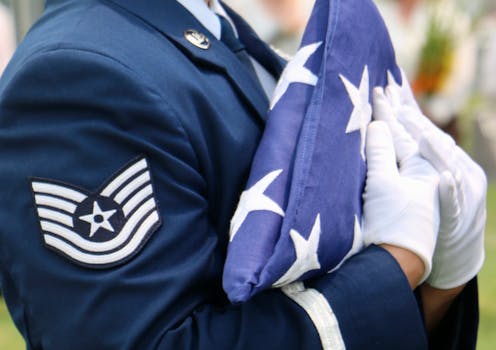

Authors: L. William Uhl, Assistant Professor of Philosophy, United States Air Force Academy
Read more


